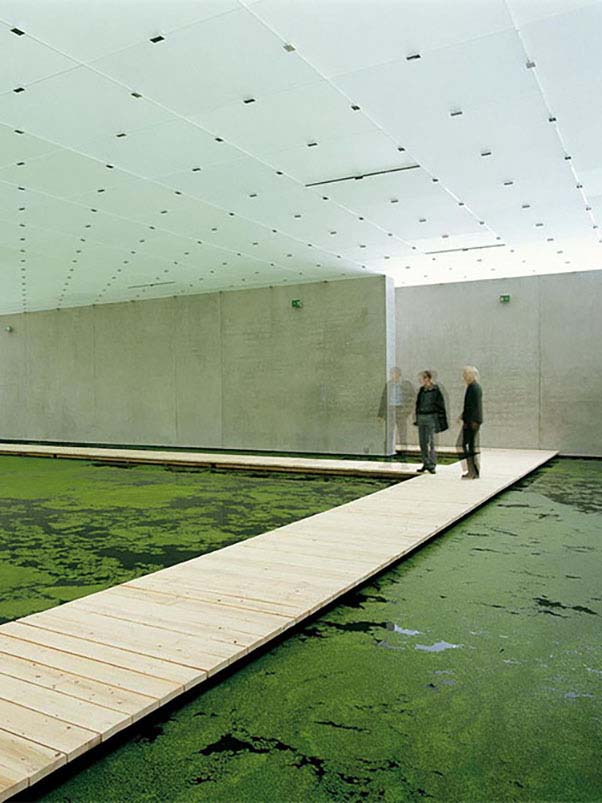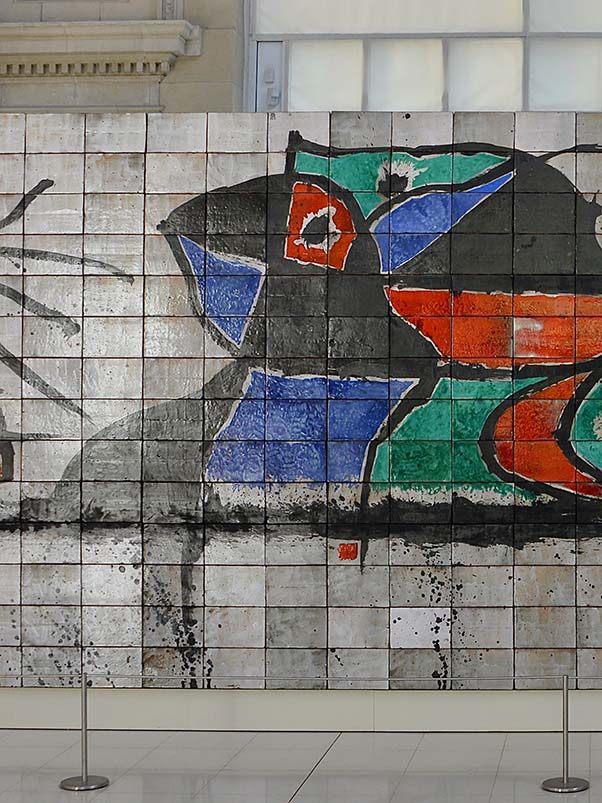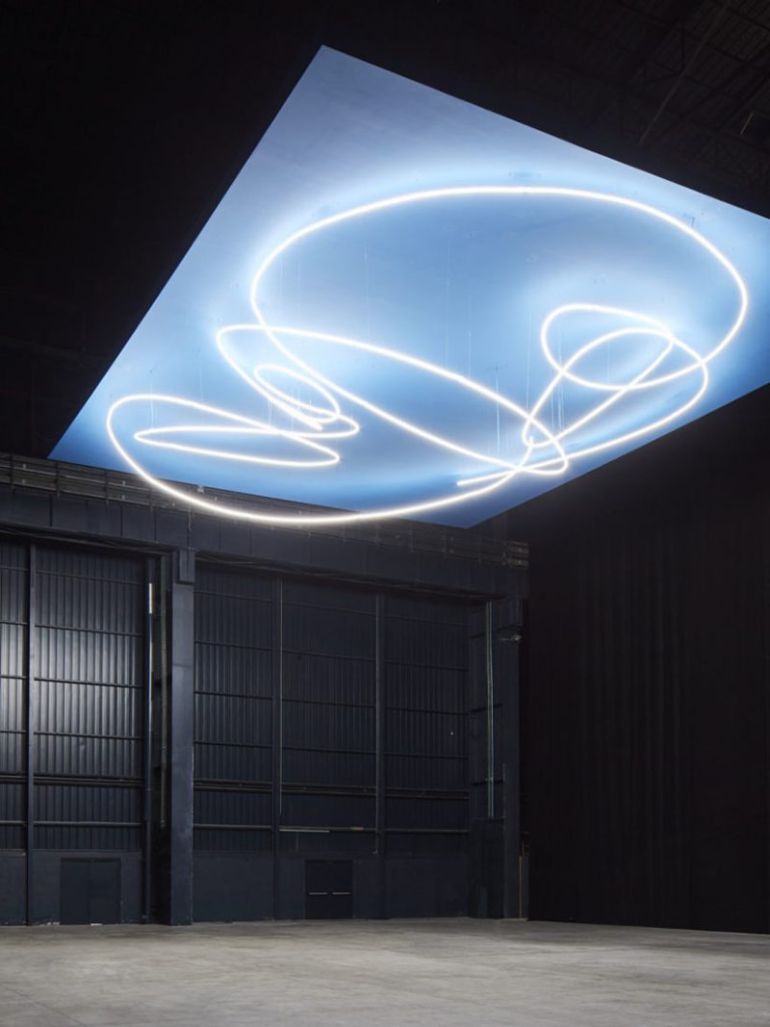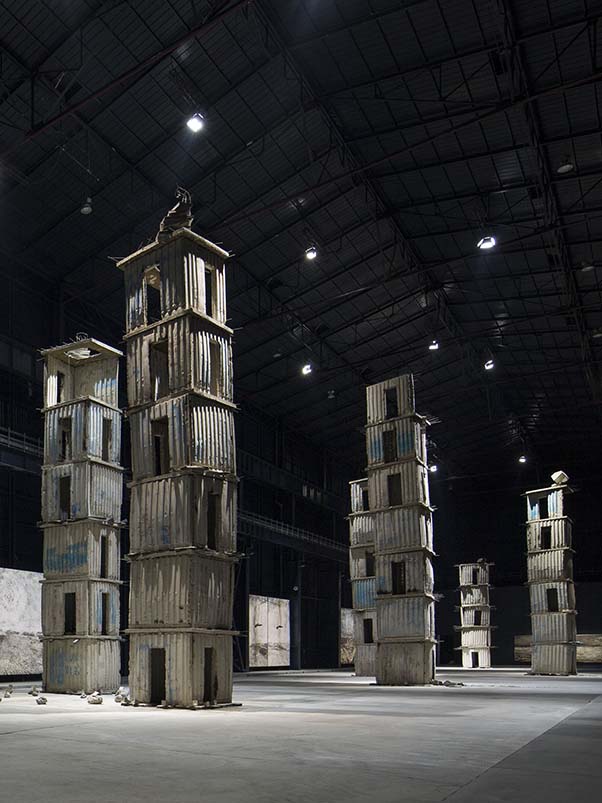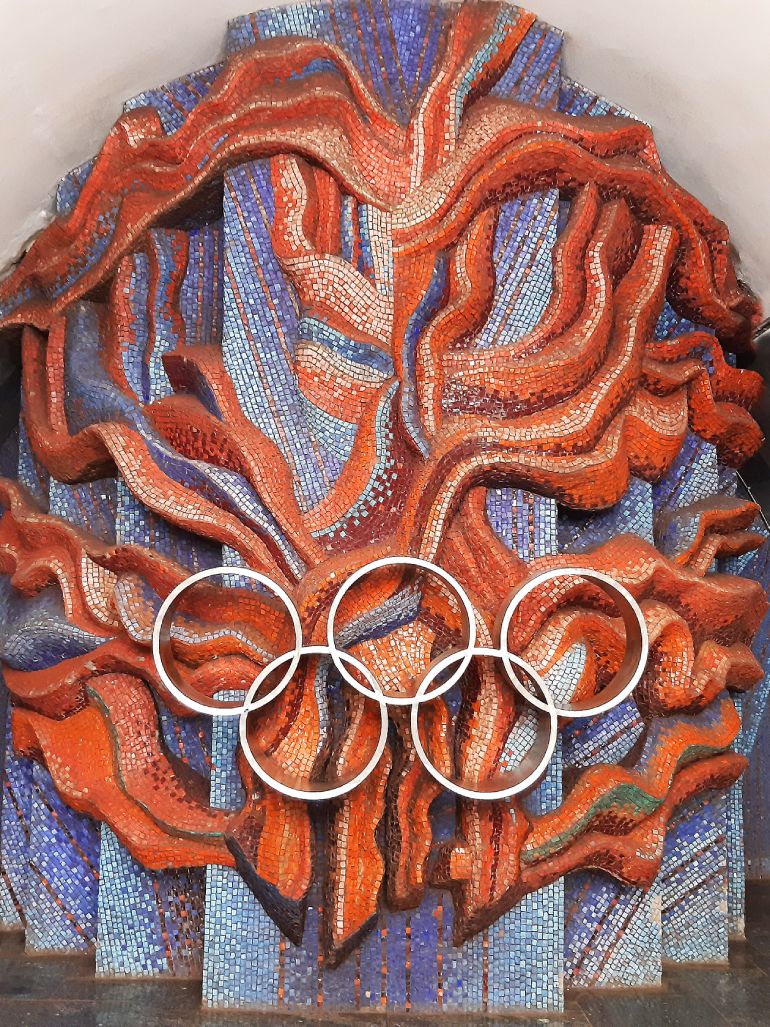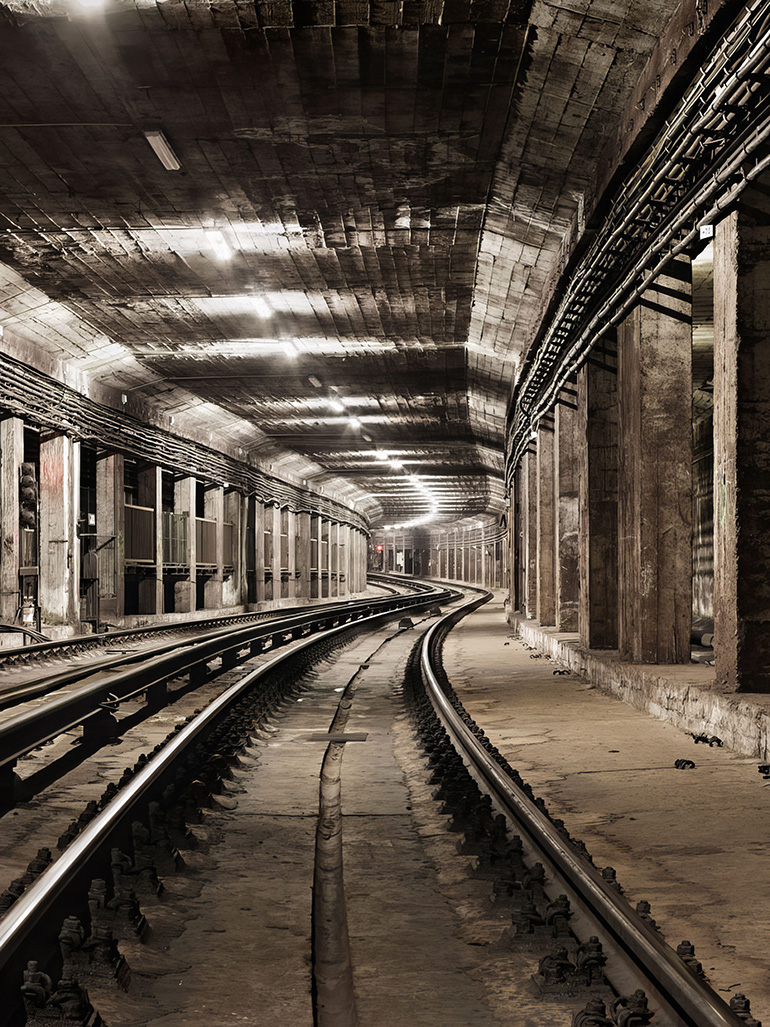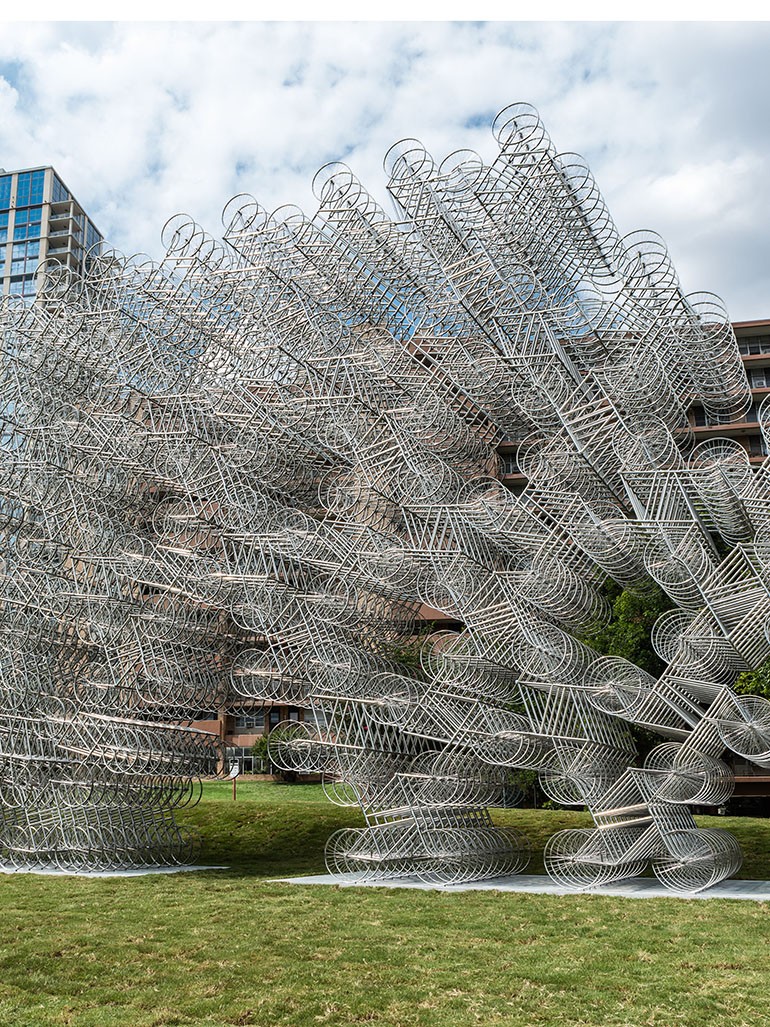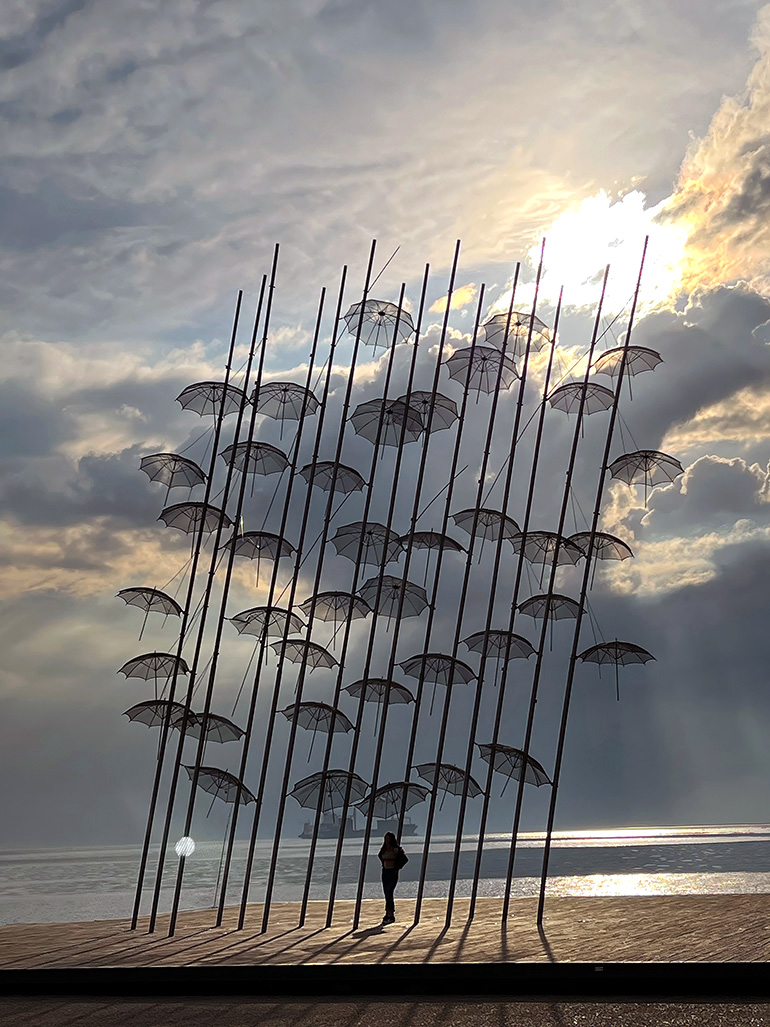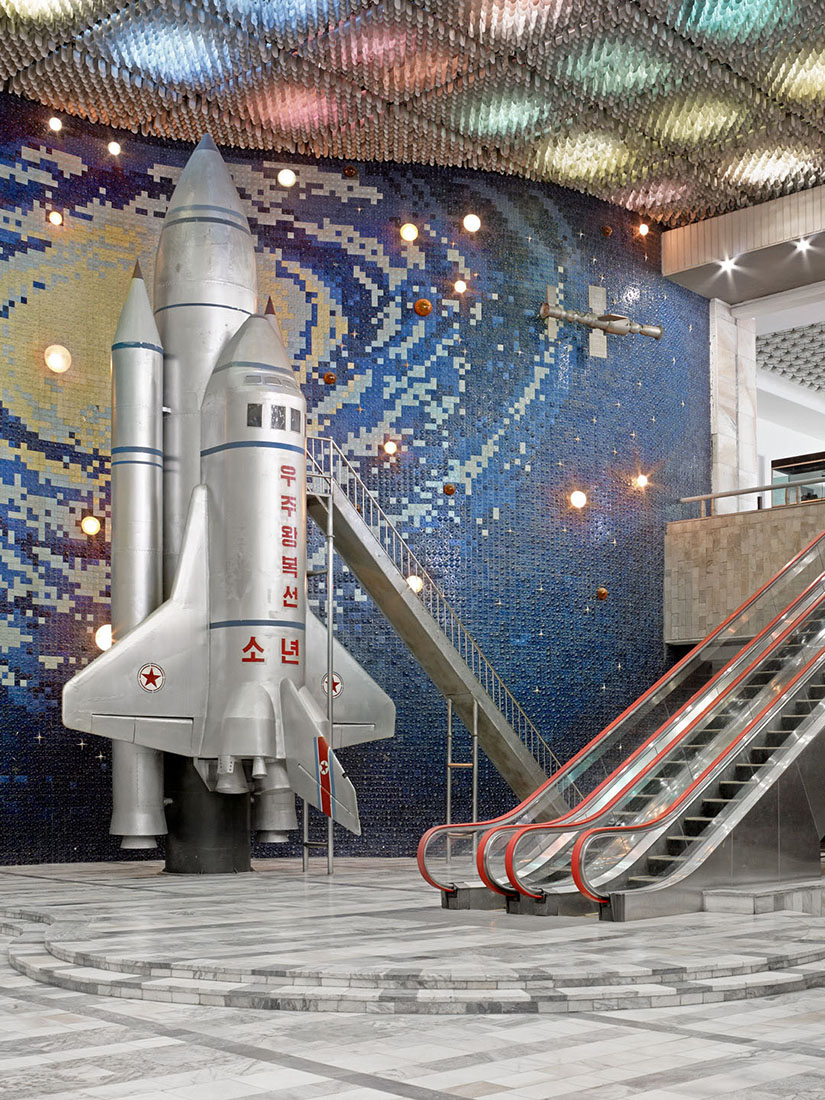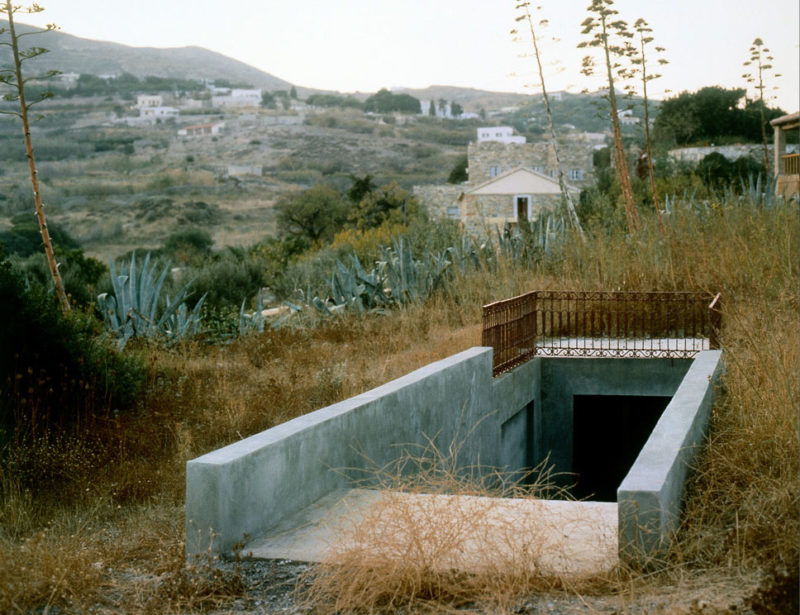
Who was Martin Kippenberger?
Martin Kippenberger 1 was one extraordinary artist who could make art using any available medium. His projects were nothing short of exploration, first of the models and then of the history. If there was ever a creative who successfully interrogated art from a political perspective, Martin Kippenberger was his name.
Kippenberger used irony in his work, often inflating his projects and, in a way, engaging his audience in a parody. There is no doubt to the contradictions that exist in current society, and through works with provocative titles, Kippenberger always succeeded in making the world pay attention to systems that were going wrong.
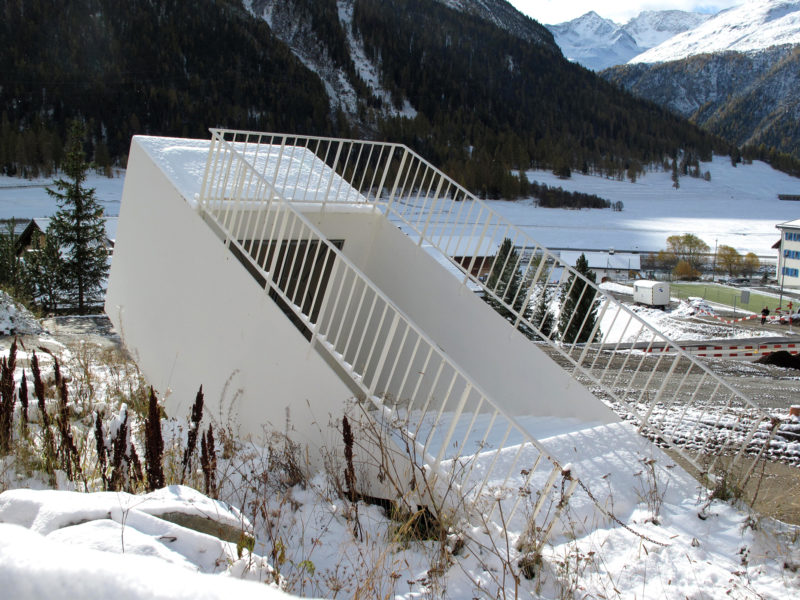
Kippenberger’s Metro-Net
Before his death at 43 years old, Kippenberger thought about interconnecting the world through a metro system. His imagination led him to construct props that looked like actual entrances to various terminals. Located in different cities around the world, these seemingly working subway entrances looked like they led to physical destinations.
In fact, the concept was to create the sense of travel in people around the world. His work, which was showcased at documenta 2, was his last project before his demise. In the exhibition, the message of globalization rings loudest.
The metro entries are situated in the strangest and most unlikely destinations around the world. Globalization? Such works open our eyes to the reality that the world is still a long way from becoming a village – a lot more work has to be done.
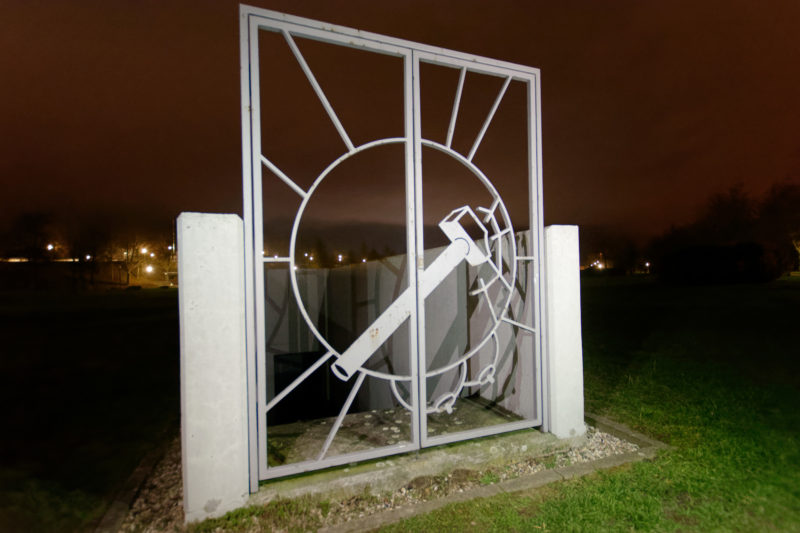
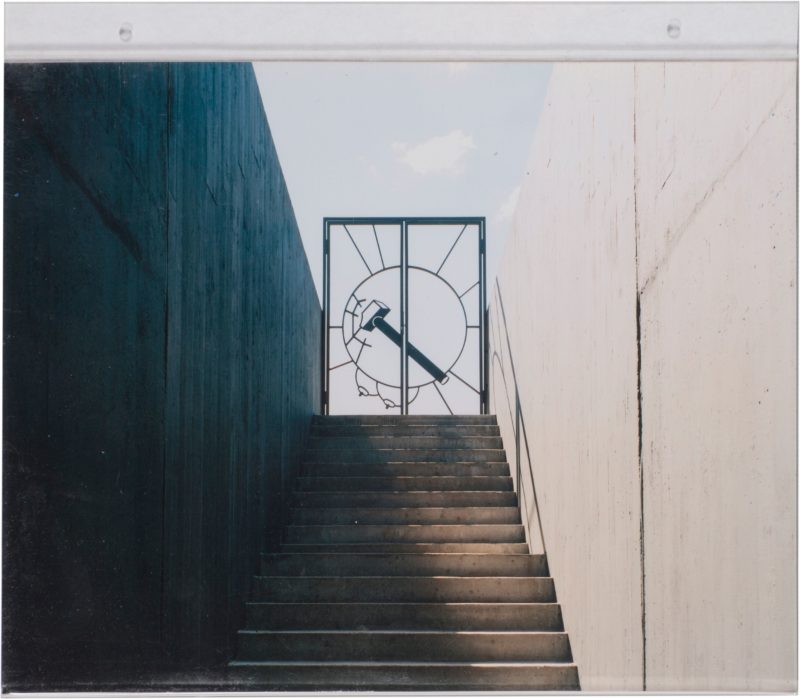
Different different subway entrances around the world
Through Metro-Net, a project that saw its first entrance set up in 1993, the world globalization network comprises six conceptual subway entrances, all complete with ventilation shafts.
The first entrance was constructed in Syros, then Dawson in 1995, and then Leipzig in 1997. The sixths ventilation shaft, originally designed to be erected in Tokyo, Japan, was relocated to Los Angeles.
This shaft, considered sensitive to humanity, reacts to human presence by discharging a wave of rattling noises and warm compressed air, much like you would hear and feel in an actual subway tunnel.
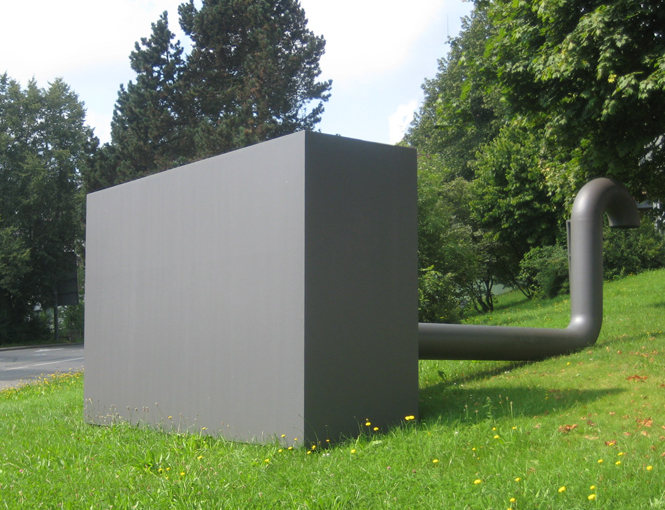
Inspiration often stems from personal experiences, and it was no different for Martin Kippenberger. He enjoyed spending time on the island of Syros, so it is no wonder that his first footprint of the Metro-Net was to be planted there.
Situated within the ruins of five cement buildings is a museum that Kippenberger installed. Artists that got invited to this spot were free to create, and the beauty of work they had done would later be publicized and distributed on postcards.
| Location | Year | Status |
|---|---|---|
| Syros, Greece | 1993 | Current condition uncertain, located on private property |
| Dawson City West, Canada | 1995 | Dismantled in 2009 |
| Documenta X, Kassel | 1997 | |
| Madulain, Switzerland | 1997 | Since 2001 in Zuoz, Switzerland |
| Messe Leipzig | 1997 | Repaired 2021 after water accumulation due to defective drainage |
| Skulptur Projekte Münster | 1997 | Temporarily operational during summer 1997. Dismantled |
| St. Georgen, Germany | 1997 | In collection Grässlin |
| Transportable Subway Entrance | 1997 | Crushed to fit into art gallery |
| German Pavilion, Venice Biennale, Italy | 2003 | Current status unknown |
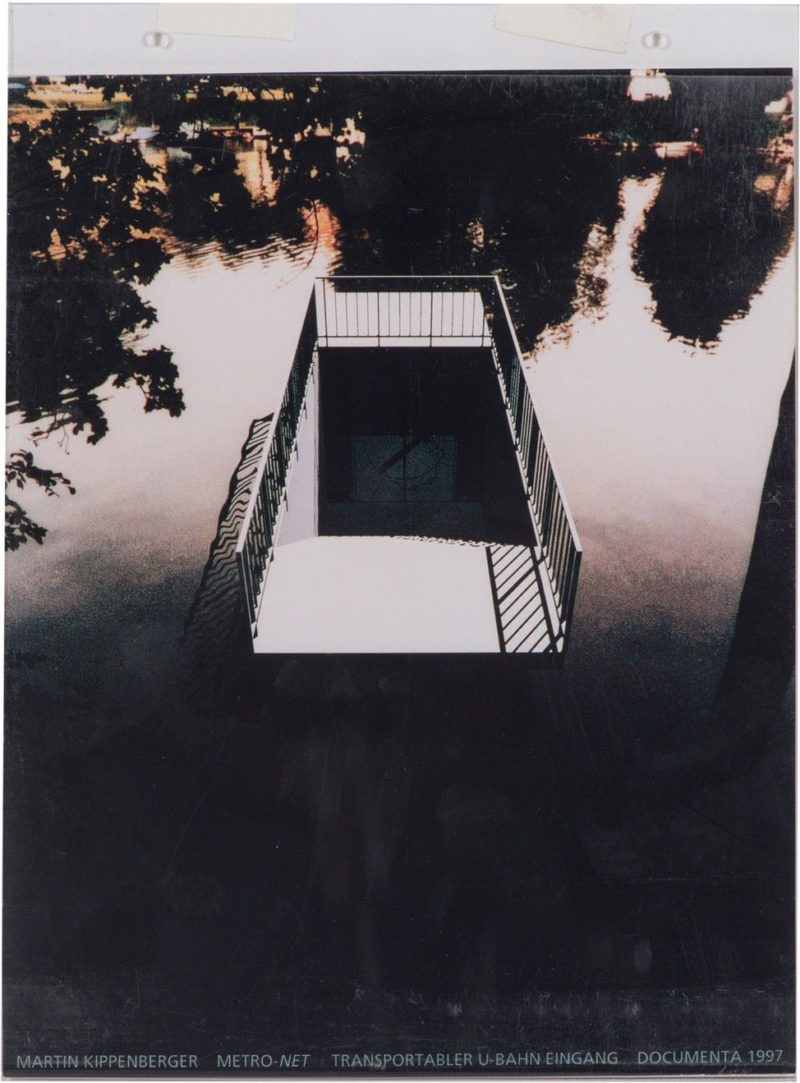
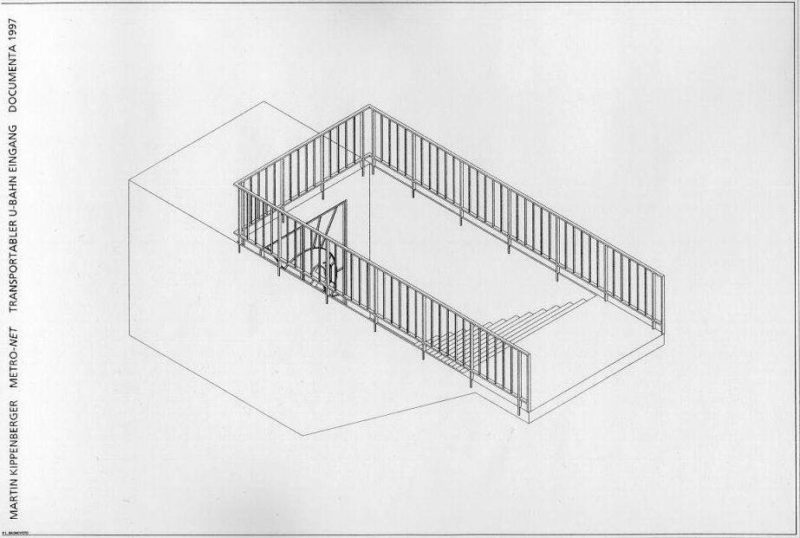
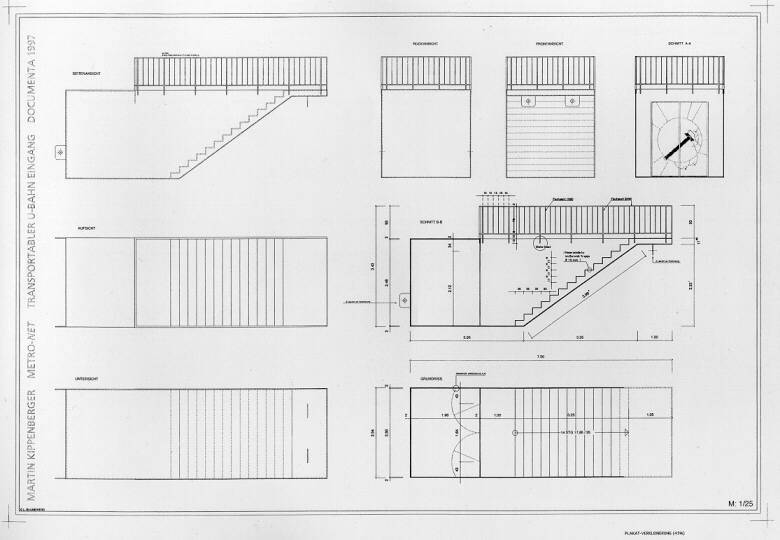
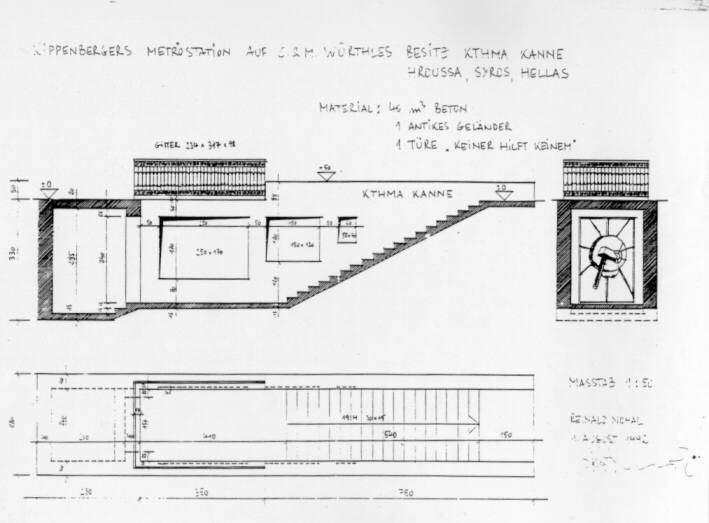
Explore nearby
Zuoz, Switzerland
 Olafur Eliasson's Meditated MotionExhibition ended (dismantled in 2001)102 km away
Olafur Eliasson's Meditated MotionExhibition ended (dismantled in 2001)102 km away Joan Miró's largest artworks103 km away
Joan Miró's largest artworks103 km away Lucio Fontana's neon installationsExhibition ended (dismantled in 2017)133 km away
Lucio Fontana's neon installationsExhibition ended (dismantled in 2017)133 km away Anselm Kiefer's teetering towersExhibition ended (dismantled in 2015)133 km away
Anselm Kiefer's teetering towersExhibition ended (dismantled in 2015)133 km away Ai Weiwei's marble couchesInstallation ended (dismantled in 2011)138 km away
Ai Weiwei's marble couchesInstallation ended (dismantled in 2011)138 km away
